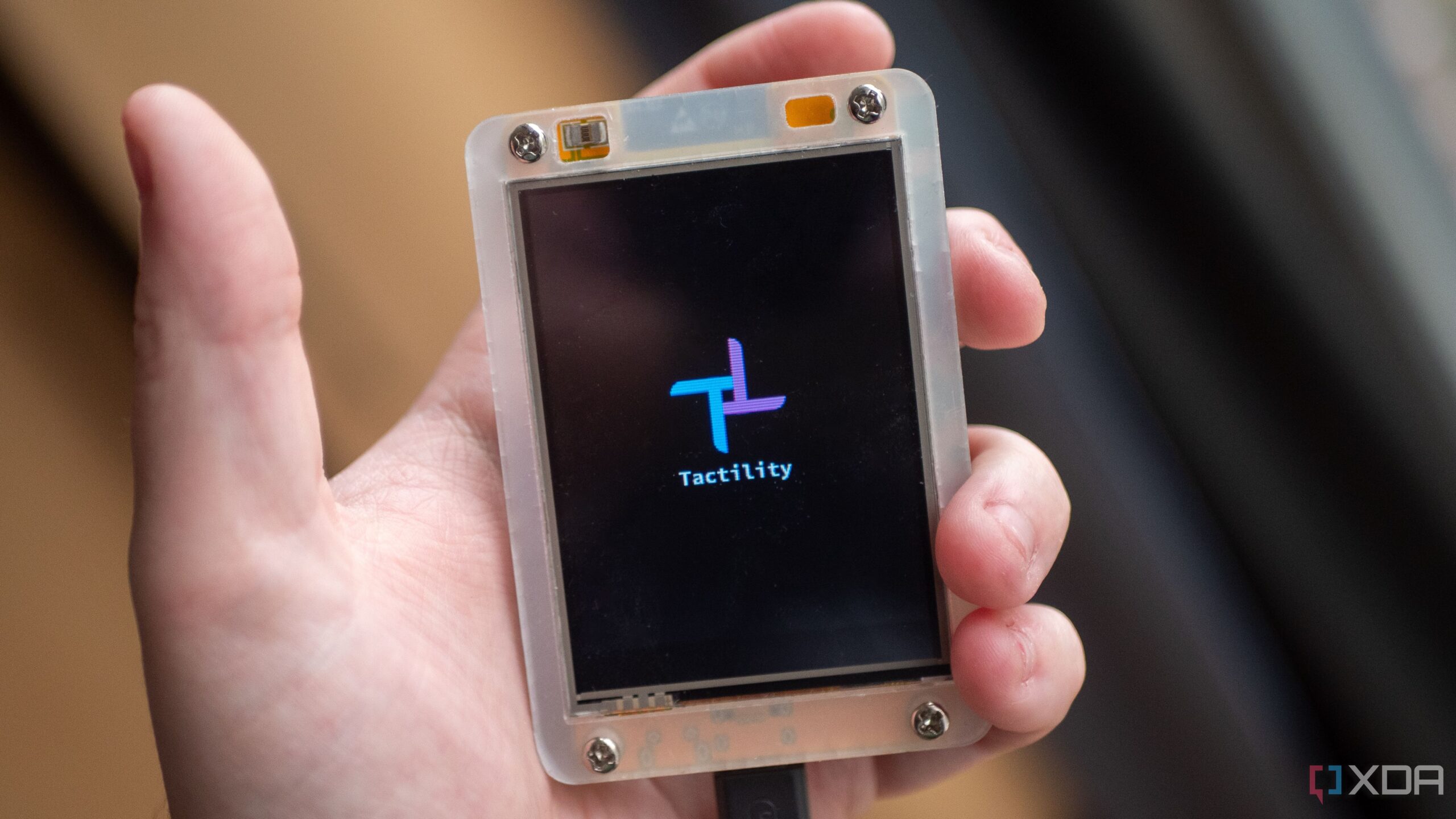UPDATE: A groundbreaking new operating system, Tactility, has officially launched for the ESP32 family of microcontrollers, offering an unprecedented level of app support and flexibility. Developed by Dutch software engineer Ken Van Hoeylandt over the past two years, Tactility promises to transform how users interact with their devices, making it easier than ever to run multiple applications without the need for constant reflashing.
Tactility, built on FreeRTOS, is not just another firmware bundle; it functions as a cohesive platform complete with a launcher, an SDK, and a variety of pre-installed apps. This dynamic system allows users to switch between applications seamlessly, marking a significant leap forward in microcontroller usability.
As of now, Tactility supports approximately 24 applications, including system-level tools for Wi-Fi management, display settings, GPIO inspection, and even a chat feature. The innovative app format allows for applications to be loaded directly from an SD card without rebooting the device, a feature that sets it apart from traditional microcontroller setups.
Why This Matters NOW: With the rise of IoT devices, the need for versatile, user-friendly operating systems is more critical than ever. Tactility opens a new frontier for hobbyists, educators, and developers by enabling a mini-computer experience on a microcontroller. This could streamline product prototyping and educational tools, making embedded development more accessible.
The unique architecture allows apps to communicate with each other, similar to systems like Android. For instance, users can utilize the Wi-Fi app to manage saved passwords securely, enhancing device security through encrypted storage.
Van Hoeylandt emphasizes that Tactility is designed to feel like a true operating system, showcasing various features that contribute to a polished user experience. If an app crashes, users receive a QR code that directs them to a local webpage containing crash data for easy debugging.
Tactility is compatible with a wide range of ESP32 devices, including those from Elecrow and Lilygo. The system is open-source, inviting developers to create their own applications, further expanding its capabilities.
For those eager to try Tactility, installation is straightforward via a web flasher, making it a plug-and-play experience on supported hardware. As the repository continues to grow, users can expect ongoing enhancements.
As Ken Van Hoeylandt notes, “The inspiration for this project came from the Flipper Zero, focusing on how the ESP32 can function as a mini-computer.” This innovative OS not only enhances functionality but also encourages experimentation, making it a valuable tool for both enthusiasts and educators.
Developers can use a simulator to ensure their applications meet the build requirements for Tactility, paving the way for a new wave of creativity in the embedded systems space.
Stay tuned for more updates on Tactility and its expanding ecosystem, as it is poised to redefine the landscape of microcontroller operating systems.
